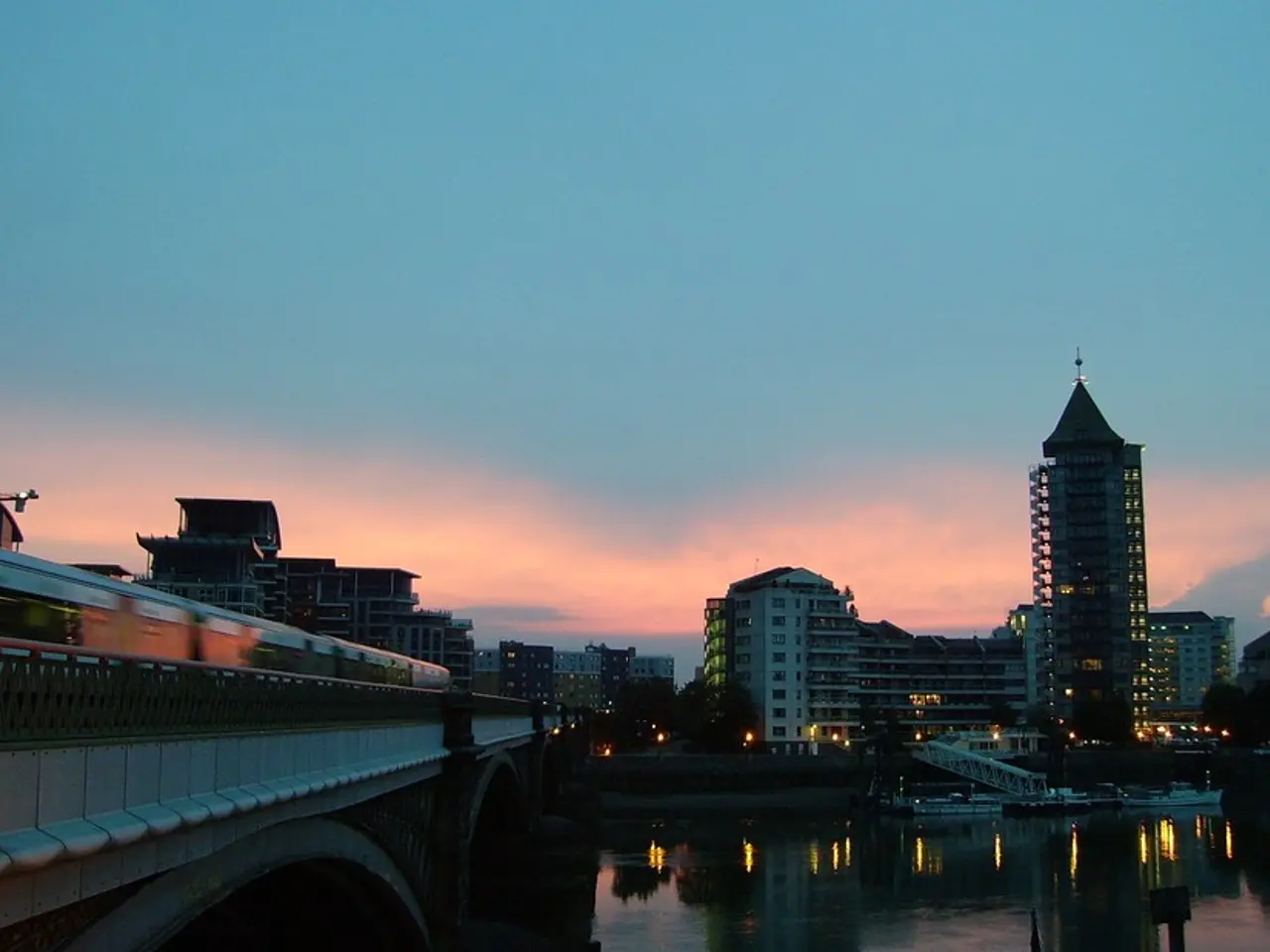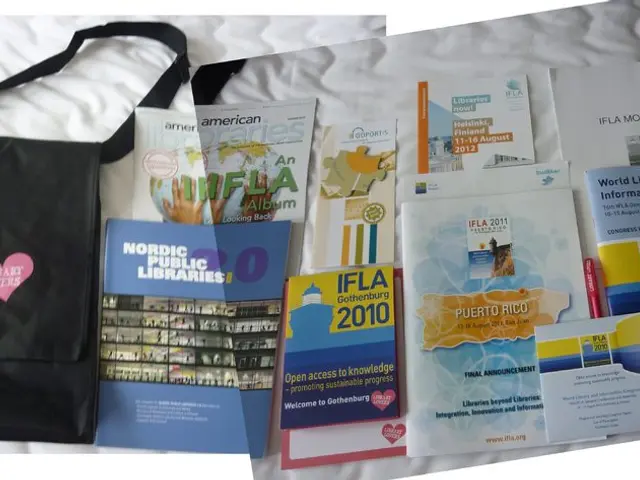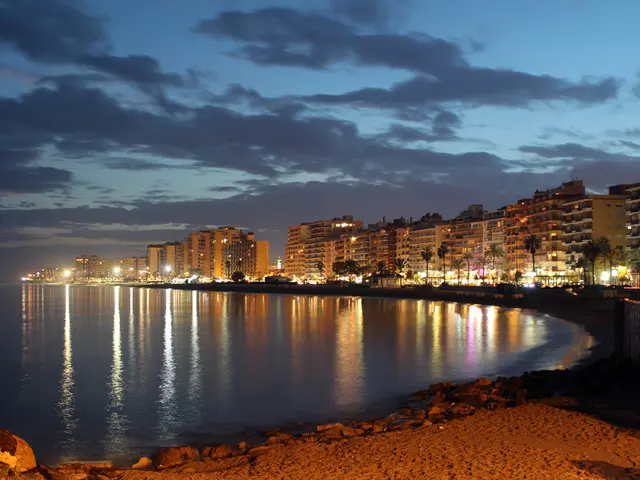Via Britain's waterways, Americans can savor a leisurely tour of the country's landmarks
Exploring Britain's Waterways: A Journey Through Time and Scenic Beauty
Britain's canal network, a relic of the Industrial Revolution, has been reborn as a leisure corridor, offering travellers a unique and tranquil experience. One such route leads south of Birmingham to Stratford-upon-Avon, the birthplace of William Shakespeare.
During the 18th century, the canals were dug for carrying coal and iron, serving as the backbone of trade during the Industrial Revolution. Today, they provide a serene escape from the hustle and bustle of modern life.
The slow pace of canal travel allows for small details to be noticed. Waving at walkers, watching herons, and observing fields drift past like a painting are common sights during a canal trip. For some travellers, the appeal is slowing down and experiencing a break from fast trains and packed itineraries.
American tourists are among the fastest-growing groups of canal travellers, likened to an RV trip on water with castles and pubs along the route. Companies like Drifters, a leading operator, run 40 bases across England, Scotland, and Wales, offering over 500 narrowboats from nine professional operators. They provide bookings for American tourists ranging from short 3-day trips to extended weeks covering hundreds of miles along the British canals.
The Kennet and Avon Canal winds towards Bath, known for its Georgian crescents and Roman baths. The canal network stretches for more than 2,000 miles, offering opportunities to trace industrial history through locks and aqueducts. One such site is the Pontcysyllte Aqueduct & Canal World Heritage Site in North-Eastern Wales, where boats glide 126 feet above the River Dee.
Inside the narrowboats, the setup resembles a compact cabin with a kitchen, bathroom, and sleeping quarters. No license is needed to captain a narrowboat in Britain, and rental companies include a hands-on tutorial before departure.
Mandy, a luxury travel journalist and co-founder of Food Drink Life, shares her travel experiences through immersive storytelling in major U.S. outlets. She describes a typical day on a canal trip as cruising past fields with stone walls, working lock gates, having lunch at pub gardens, and tying up for the night in either quiet countryside or lively canalside inns.
Mooring remains free in most places along the canal network, though some popular spots may charge a small fee or limit stays to 48 hours. Travellers are advised to plan their route accordingly. In Scotland, travellers are warned to avoid June due to midges swarming near the water.
The season for canal trips in Britain is from late spring to early fall, with the busiest period being July and August. Whether you're seeking a do-it-yourself adventure, a chance to unwind, or a glimpse into industrial history, Britain's canal network offers a unique and unforgettable experience.
Read also:
- Advanced Japanese Robotics Employs AI for Humane Fishing, Offering Premium Fish Without Compromise on Ethics
- Relocating from the bustling city of Los Angeles to the vibrant metropolis of Dubai was an outstanding professional move for me.
- "Dream's Void: Journey from Life to Death in 'Requiem for a Dream'"
- Almaty Requires a 50,000-Capacity Stadium








